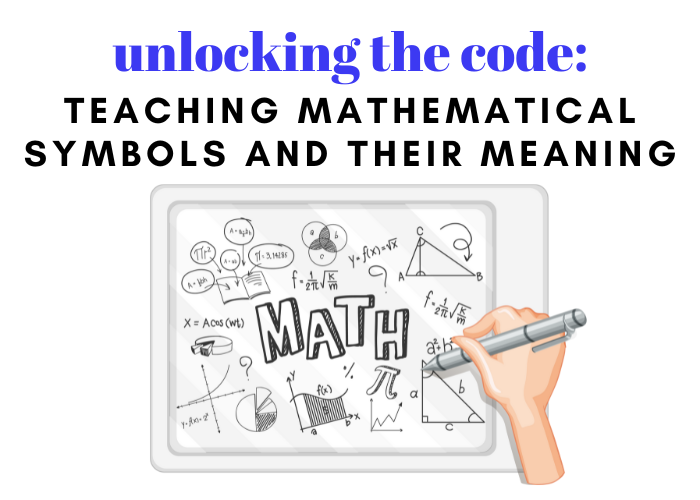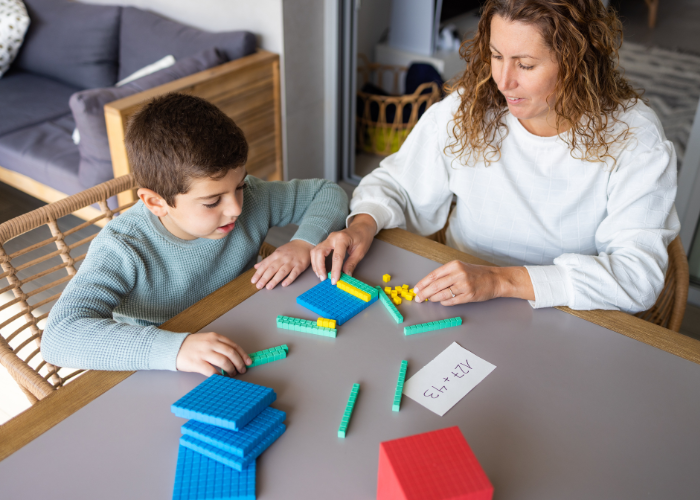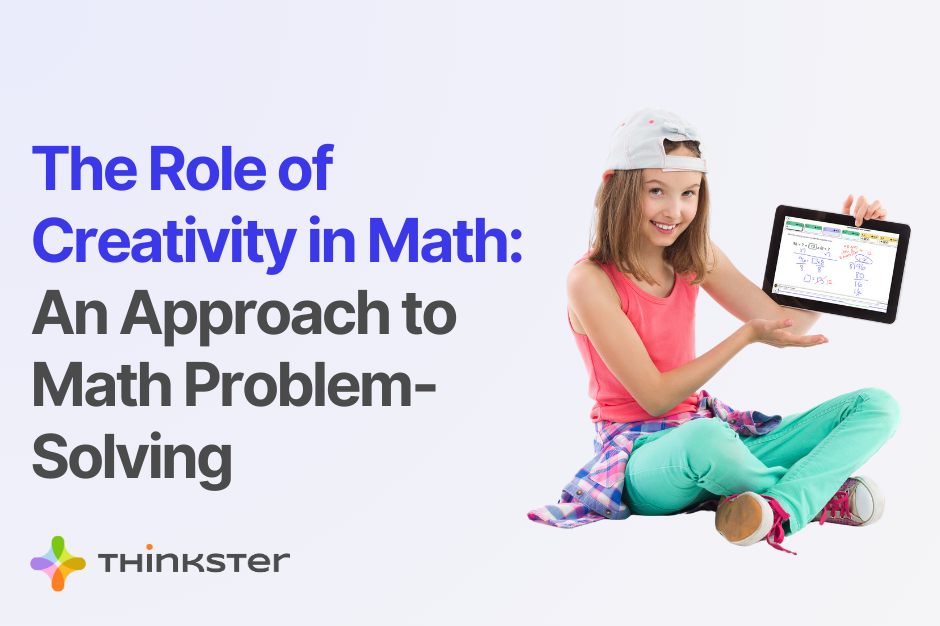

Last Updated on October 13, 2023
Knowledge of mathematical symbols is a foundational skill that empowers students to engage with and excel in various academic, professional, and real-world contexts. It enables them to think critically, solve problems, and communicate effectively in the language of mathematics.
Math symbols are essential tools for solving mathematical problems and equations. Symbols help students understand and work with abstract mathematical concepts. For example, symbols like “+” and “-” represent addition and subtraction, which are foundational concepts in arithmetic.
As students progress to more advanced math courses, symbols become even more crucial. Algebra, calculus, geometry, and other advanced fields heavily rely on mathematical notation for expressing complex ideas and relationships.
Science, technology, engineering, and mathematics (STEM) careers often involve complex mathematical concepts. Proficiency with mathematical symbols is essential for success in these fields. Plus, math symbols are used in various real-life scenarios, from personal finance and budgeting to engineering, architecture, and scientific research.

Math symbols are fundamental in mathematics and are used to represent various mathematical operations, concepts, and relationships.
While there are thousands and thousands of mathematical symbols, here are the top twenty that your child should recognize and know the meaning of without having to refer to a reference guide:

Teaching your child about basic math symbols and their meanings can be done engagingly and interactively to help them understand and remember the concepts.
Here’s a step-by-step approach you can follow:
1. Introduction and Exploration
2. Visual Aids and Manipulatives:
3. Interactive Activities:
Create hands-on activities that allow your child to practice using the symbols.
For example:
4. Symbol Storytelling:
Develop memorable stories or mnemonic devices for each symbol to help your child remember their meanings.
For example:
5. Real-Life Examples:
Show your child how each symbol is used in real-life scenarios.
For example:
6. Interactive Technology:
7. Practice and Application:
8. Review and Assessment:
9. Encourage Creativity:
Remember that making the learning process fun and interactive helps your child better understand math symbols and their meanings.
Tailor your teaching approach to the needs and preferences of your child, and provide ample opportunities for practice and exploration.
Students need to learn math symbols for many reasons, each contributing to their overall mathematical proficiency and cognitive development. These symbols are the building blocks of mathematical language and play a crucial role in various aspects of learning, problem-solving, and real-world applications.
Make sure that your child can recognize and explain the meaning of math symbols. You can use various techniques, such as visual aids, interactive technology, and creativity to help improve their math skills.


